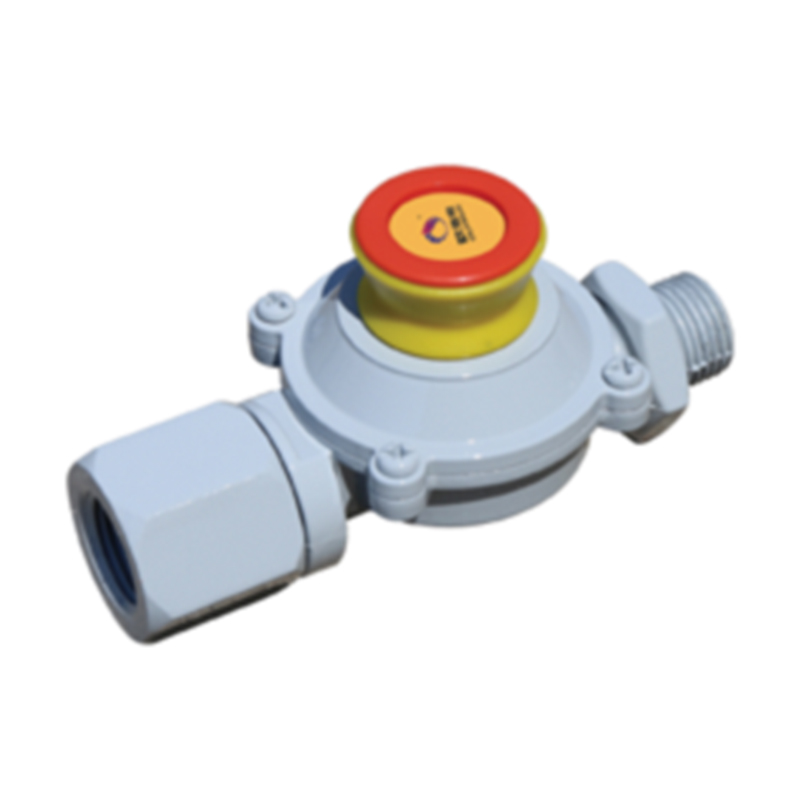
8 月 . 30, 2024 02:03
Back to list
Pressure Reducing Regulators - Essential Solutions for Pressure Control
Understanding Pressure Reducing Regulators A Comprehensive Overview
Pressure reducing regulators (PRRs) are essential devices in various industrial and commercial applications, designed to maintain a specified outlet pressure despite fluctuations in the inlet pressure. Their primary function is to ensure safety, enhance efficiency, and ensure the reliability of systems that utilize gases or liquids under pressure. This article delves into the operational principles, applications, and benefits of pressure reducing regulators.
How Pressure Reducing Regulators Work
At their core, pressure reducing regulators function by utilizing a mechanical diaphragm system. When high-pressure gas or liquid enters the regulator, it acts on the diaphragm, which then moves to adjust the size of an orifice or flow path. This movement controls the flow of the medium, allowing the regulator to maintain a consistent outlet pressure.
Most pressure reducing regulators feature an adjustable spring mechanism, which can be calibrated to set the desired outlet pressure. As downstream demand increases or decreases, the diaphragm responds by adjusting the flow accordingly. This feedback loop is crucial for maintaining system stability. Advanced models may include pressure sensors and electronic control systems for enhanced precision in automated environments.
Applications of Pressure Reducing Regulators
PRRs are widely used across various sectors. In the natural gas industry, they regulate the pressure of gas delivered to consumers, ensuring that appliances function safely and efficiently. In medical settings, they control the flow of gases administered to patients, which is critical for patient safety and effective treatment. Additionally, in the food and beverage industry, pressure regulators manage the dispensing of carbonated beverages, maintaining the desired carbonation levels.
pressure reducing regulators

Moreover, PRRs play a vital role in chemical processing industries, where precise pressure control is essential for reactions and productions. They are also used in HVAC systems to manage refrigerant pressures, ensuring optimal system performance.
Benefits of Using Pressure Reducing Regulators
The benefits of employing pressure reducing regulators are numerous. First and foremost, they enhance safety by preventing over-pressurization of equipment and pipelines, which can lead to catastrophic failures. By maintaining stable pressure levels, PRRs also extend the lifespan of various components and systems, reducing maintenance costs and downtime.
Furthermore, pressure reducing regulators contribute to energy efficiency. By optimizing the pressure levels, they ensure that systems operate within their designed parameters, minimizing energy wastage. This is particularly important in large-scale industrial applications, where even minor losses can lead to significant cost implications.
Lastly, PRRs are crucial for process consistency. Many manufacturing and production processes require specific pressure levels for optimal results. By using a regulator, companies can ensure that their processes remain stable, leading to better product quality and reduced variability.
Conclusion
Pressure reducing regulators are vital components in various industries, providing the necessary control and safety for systems that operate under pressure. Understanding their operation, applications, and benefits allows businesses to make informed decisions about their usage. As technology advances, the capabilities of pressure reducing regulators will only improve, further enhancing their role in modern operational environments. Through their strategic application, industries can improve efficiency, safety, and overall performance, ultimately leading to better outcomes for both producers and consumers.
Latest news
-
Unlocking The Quality Gas Pressure ReducersNewsNov.01,2024
-
The Role of Gas Pressure Reducing StationsNewsNov.01,2024
-
The Importance and Functionality of Safety Relief ValvesNewsNov.01,2024
-
The Essential Role of Safety Valves in Natural Gas ApplicationsNewsNov.01,2024
-
The Essential Role of Gas Pressure RegulatorsNewsNov.01,2024
-
Enhance Your Premium Gas FiltersNewsNov.01,2024

